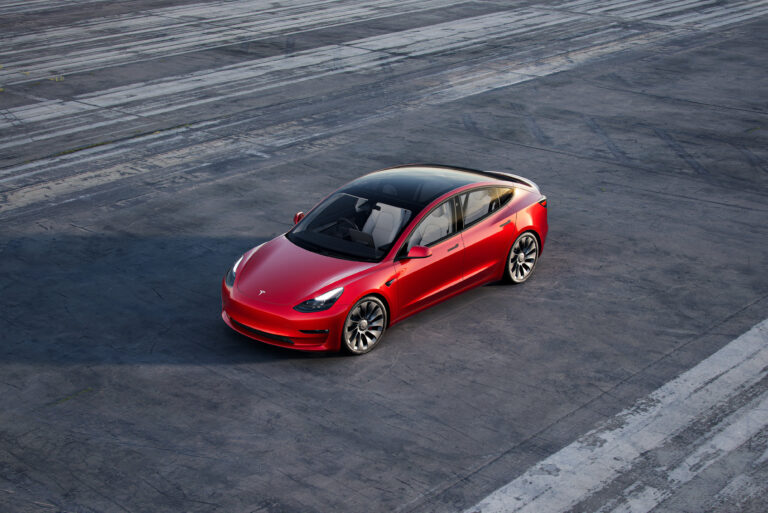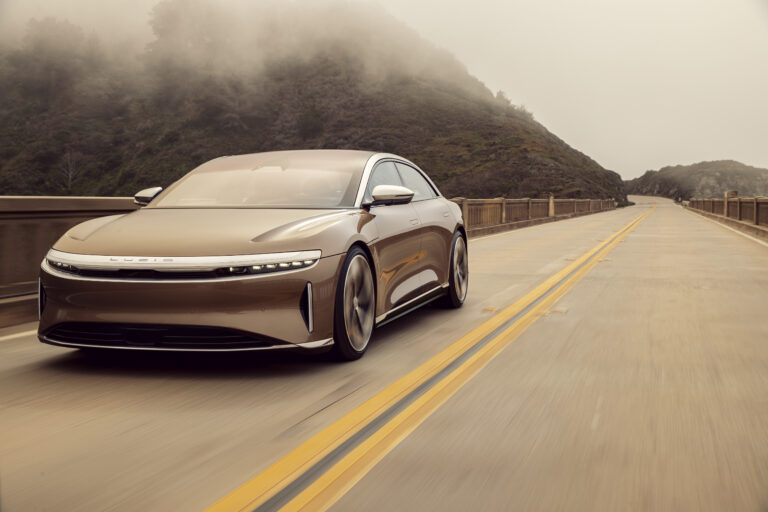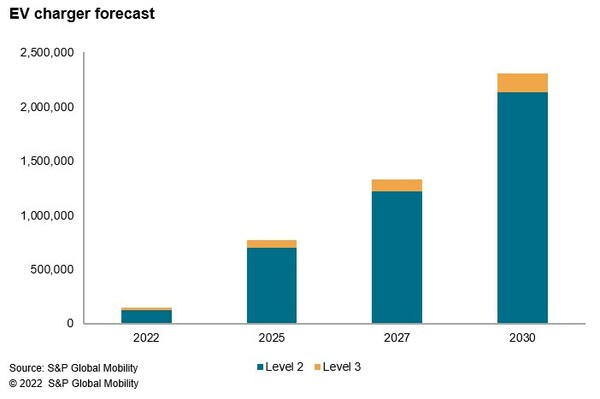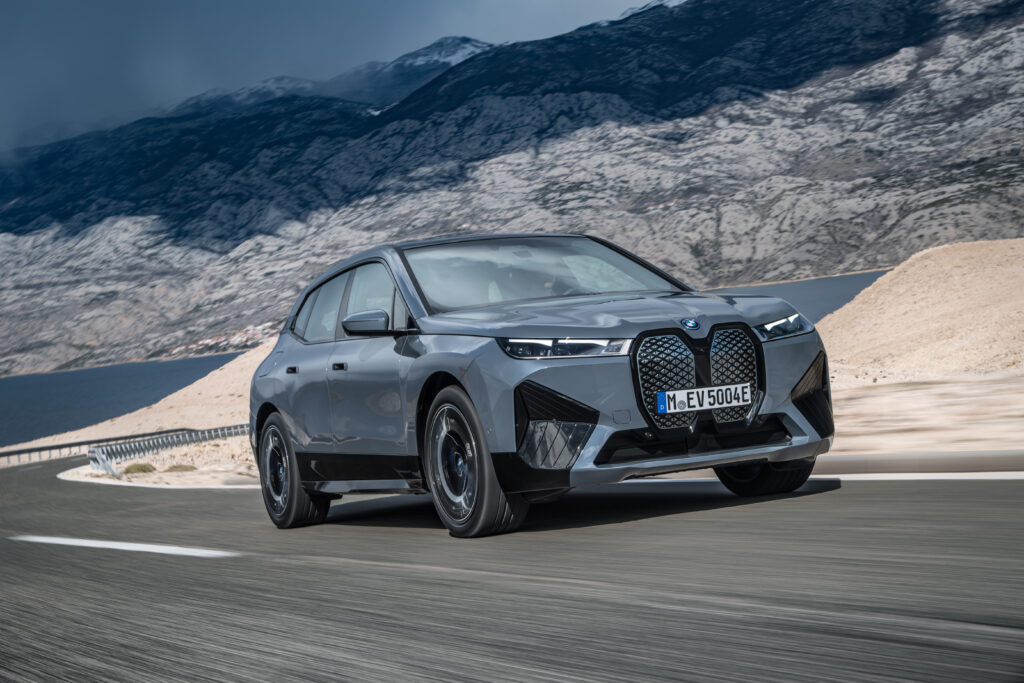
The gap between interest in buying an electric car and owning an electric car begs the question: What are the hurdles preventing the widespread adoption of EVs, and, more importantly, are they capable of being cleared?
There’s no getting around it: buying electric cars costs more, at least initially, than gas-powered cars. The average transaction price for all new vehicles in December 2022 was $49,507, according to Kelley Blue Book. The average transaction price for all electric vehicles was $61,448.
If consumers are able to overcome the initial higher costs, they should be able to make up that difference, if not surpass it, as EV ownership generally costs less than gas-powered cars. The money starts to come back in the form of tax credits. A federal tax credit of up to $7,500 per EV may be available depending on the model of EV as well as the owner’s tax liability. State governments also offer varying tax credits and other incentives that can further reduce the cost.
EV drivers will see additional savings over the lifetime of their ownership, as these vehicles cost less to maintain and operate. EVs don’t require oil changes or air-filter replacements, for example. AAA research found, if maintained according to the automakers’ recommendations, annual EV maintenance costs $330 less than that of gas-powered cars. Then comes the all important factor of “fuel.” While electricity does cost money, it pales in comparison to the price of gasoline. As such, the power required to drive 15,000 miles per year in an EV costs an average of $546, according to AAA, less than half the price of the amount of gas required to travel the same distance.
All told, AAA found the total cost of an EV over five years and 75,000 miles of driving to be less than $600 more than owning a comparable gas-powered car.
The AAA Cost Calculator can help estimate the cost of owning an EV over 5-years.
An automotive survey conducted by Deloitte listed driving range to be the second leading concern amongst U.S. consumers regarding all-battery-powered electric vehicles (behind cost).
This is one problem that, although valid, shouldn’t pose the level of concern that it does. While limited driving range used to be a major issue — not too long ago, it was difficult to find an EV that could travel more than 100 miles on a single charge — it’s becoming less so with each passing year. Today, there are numerous models that can travel 200 miles. Tesla cars, including the best-selling Model 3, feature batteries capable of more than 350 miles. The Lucid Air boasts a range of 500 miles.


The lack of public charging stations may just be the most significant hurdle to the widespread adoption of EVs in the U.S. The problem is most notable in two areas. First is with potential EV owners who don’t live in a single-family home, where most EV drivers charge their vehicles. Those who live in apartments don’t have this luxury and therefore have to charge their vehicle elsewhere. This can become a rather burdensome chore after time. Furthermore, apartment property owners are often hesitant at installing such infrastructure as it may be cost-prohibitive.
Allowing the use of common outlets also poses problems. Because EV charging consumes more energy than most other residential uses, property managers would likely want residents to pay the electrical costs. This would require devising a way to monitor how much power is being used by each resident.
Regardless of living situations, public infrastructure is needed for all EV owners looking to make long-distance trips. There are more than 52,000 public EV charging stations in the United States, according to the Department of Energy. (If that seems like a large number, consider that there are nearly three times the number of gas stations.) According to a recent report by S&P Global, there could be as many as 7.8 million electric vehicles in operation in the U.S. by 2030. This means an estimated 2.13 million Level 2 and 172,000 Level 3 public chargers will be required – all in addition to the units that consumers put in their own garages.

While EV infrastructure has a long way to go, local and federal governments appear committed to the trek. In November 2021, Congress passed the Infrastructure Investment and Jobs Act, a $1.2 trillion piece of legislation aimed at improving and modernizing all aspects of the country’s failing infrastructure.
Even more recently, retail giants like Walmart are committing to the cause by installing an expansive electric vehicle charging network at store locations.
AAA’s Recommendation: Whether you own an electric vehicle or a gas-powered car is up to you – and you should consider lots of factors in making that choice. No matter what type of vehicle you’re choosing, we recommend visiting a dealership, test driving one, and asking as many questions as possible to make an informed decision.
















